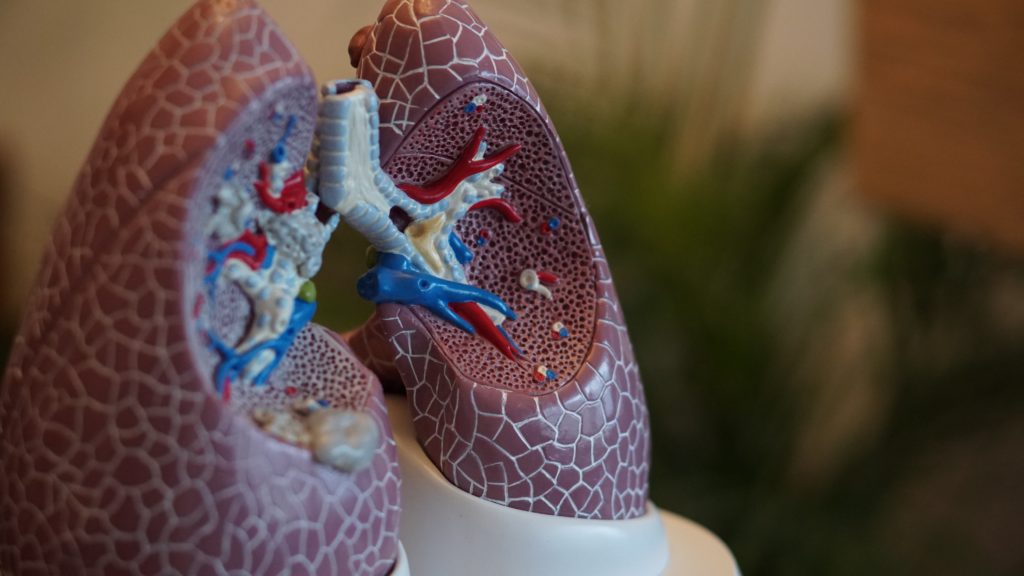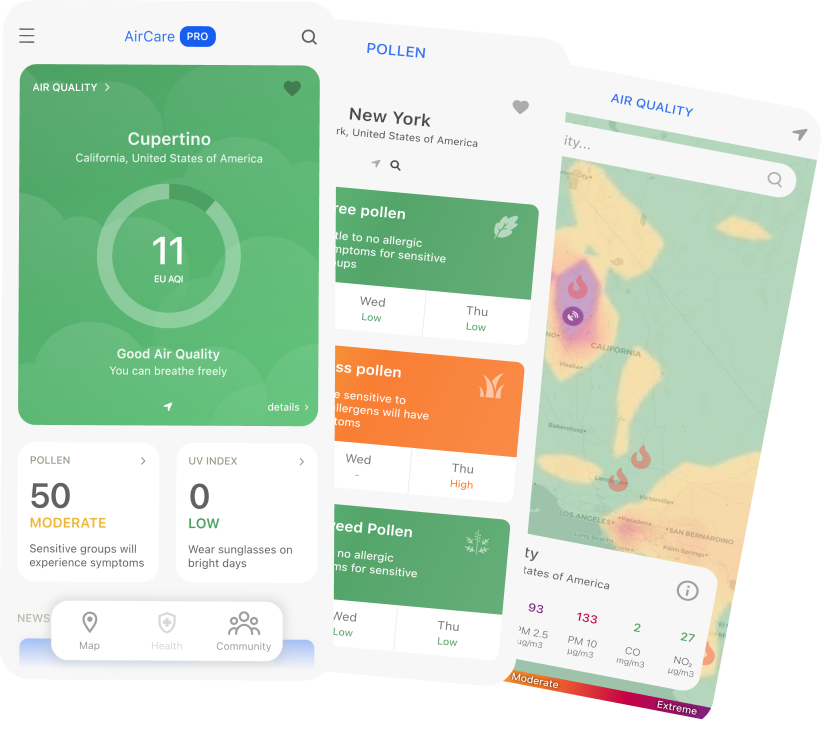In the United States, we continue to see a significant increase in wildfires due to rising temperatures, a buildup of pine needles and other potential fuel, and urban growth into forest areas.
In 2021, 8.619 wildfires burned almost 2.6 million acres in the United States. Not only were people forced to flee their homes, but smoke from the wildfires also threatened the lung health of Americans thousands of miles away.

Wildfire smoke consists of particle pollution, a mixture of gaseous pollutants like carbon monoxide, water vapor, and hazardous air pollutants. The main public health threat and primary component of wildfire smoke is particle pollution. The health effects can range from less serious to severe health effects.
Health Effects of Wildfires
Wildfire smoke can cause the following:
- Headaches
- Dry or watery eyes
- Lung irritation, shortness of breath, or an asthma attack
- Persistent wheezing, cough, scratchy throat, or irritated sinuses
- Fatigue, irregular heartbeat, or chest pain
- Nonfatal and fatal heart attacks
The smoke can make anyone feel sick, but some of the groups who are particularly sensitive to air pollution include:
- Infants and children
- Pregnant women
- Smokers
- People with heart disease
- People with Chronic Obstructive Pulmonary Disease (COPD)
- People with asthma
- People older than 65 years of age
Those with lung diseases such as COPD and asthma are more likely to have serious health effects. They will not be able to breathe as vigorously or deeply as usual and may experience symptoms such as chest discomfort, phlegm, coughing, and shortness of breath.
People with heart disease might experience fatigue, shortness of breath, palpitations, and chest pain.
Protecting Yourself Against Wildfire Smoke
Your exposure to wildfire smoke should be limited, and this is especially important if you’re particularly sensitive to air pollution.
Here are some steps to protect your health if you live in an area prone to wildfires.
- If you have lung or heath disease, talk with your health provider before fire season starts. Figure out how much medicine you should have on hand and when you need to leave the area. If you have asthma, create an Asthma Action Plan.
- Consider getting an air purifier. Air purifiers can help you reduce indoor pollution levels by drawing in indoor air and passing it through a filter. Some air purifiers also remove specific contaminants such as pet dander, mold, and dust. One thing you should remember is that to get the most out of your air purifier, you need to place it in your home correctly.
- Have a supply of food that doesn’t require cooking and will last you several days. Cooking, especially broiling and frying can worsen indoor pollution levels.
- Buy face masks. Always have a supply of P-100 or N-95 masks on hand, and make sure you use them correctly. You can find these masks online and in many home repair and hardware stores.
- Pay attention to air quality reports. As wildfires get worse, you should increase the steps to protect yourself. Monitor your area’s air pollution levels and coordinate your activities around that information.
Do you want to know the quality of the air you breathe? Download AirCare – our free mobile app that tracks air pollution from your pocket, and check out the AirCare blog!





